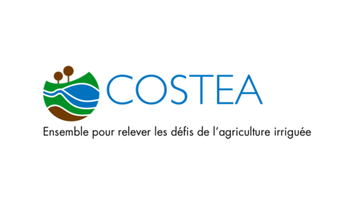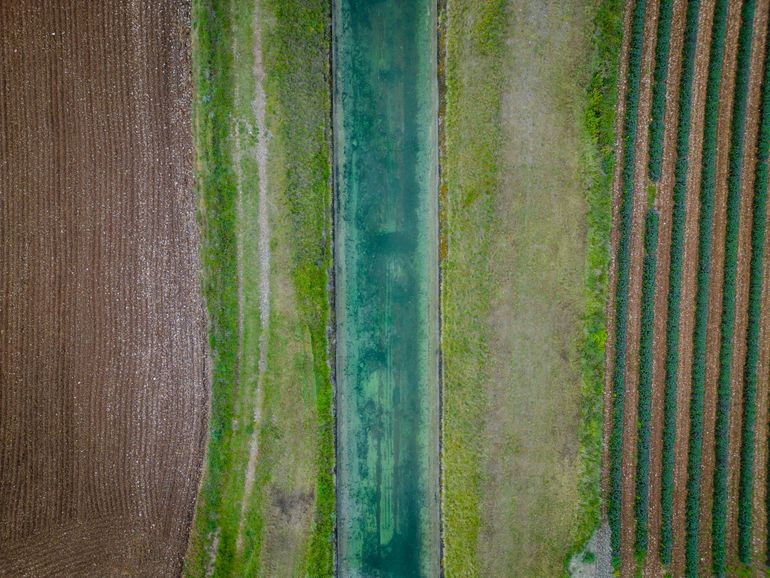SEMINAR COSTEA
Comité Scientifique et Technique de l'Eau Agricole (Scientific and Technical Committee for Agricultural Water)
Context
Irrigated agriculture is a strategic sector globally, providing over 40% of agricultural production on less than 20% of the land devoted to agriculture. Therefore, it is essential for achieving the “zero hunger” MDG2. However, irrigated agriculture also consumes over 70% of global water resources, and is increasingly competing with other economic sectors, notably drinking water and the achievement of MDG6, whose objective is to ensure access to water and sanitation for all.
Irrigated agriculture is also confronted with the challenge of climate change. It is presented as a solution for adapting to climate change, since it consists of regulating water supplies in the face of increasingly severe drought or floods, but it is also under increasing pressure to use this resource as sparingly as possible. On the other hand, irrigated agriculture is a legacy of the Green Revolution that relies on a combination of water, fertilizers and pesticides. As such, irrigated agriculture is seen through the lens of intensification by many governments as the sector is central to their objectives of food sovereignty. Yet, irrigated like rainfed agriculture needs to evolve and to embrace agroecological principles, and to find a balance between a focus on agricultural productivity synonymous with food security and concerns towards preserving the environment and limiting its carbon footprint.The Scientific and Technical Committee on Agricultural Water (In French: Comité Scientifique et Technique de l'Eau Agricole -COSTEA) was created against this backdrop in June 2013.
It consists of a community of irrigated agriculture experts and practitioners of about 500 members from diverse professional and geographical backgrounds and with diverse expertise and skills.



